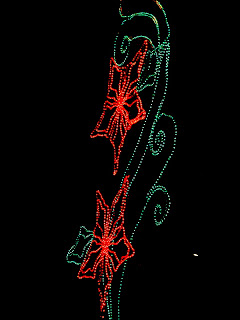
The bullock cart I sighted going down one of Altagracia's main streets seemed a little incongruous, since I was on my way to the internet cafe. In Charco Verde I made use of the free wifi at the Hotel Charco Verde, then walked past women doing laundry in the lake, using stones as scrubbing boards, and, of course, more bullock carts. Pigs and chickens in the streets, donkeys hauling bricks, and people piling their groceries into pony carts are not unusual here. It's all all a bit strange.

Think of the sci-fi movies and novels that portray intelligent aliens riding up to the spaceport on local domesticated animals. Think Star Wars. That doesn't seem quite as unrealistic as it once did. The other popular science fiction scenario, where everyone on a planet speaks the same language, has the same religious and/or cultural beliefs, and is at a similar state of development, now
that seems unrealistic.

I first noticed this in Costa Rica. Monte Verde was settled by American Quakers in 1958. Most of them flew in, while their goods were hauled up on bullock carts that look like those in use on Omotepe today.
In Granada, Nicaragua, horse-drawn coaches line the central park, ready to take tourists for a ride. They are well-groomed and sleek, and have those canvas bags suspended between the horse and the carriage, so the streets won't be fouled with excrement. Not that it helps much, because once you leave the streets around the
parque, you encounter the half-starved poorly-cared-for ponies that are used to bring goods in from the country and haul them around town. No diapers there.
In Catarina, the occaisional pig wanders the streets, along with the ubiquitous chickens. And still, there is internet.

An hour from Granada, Masaya still has what amounts to a horse-drawn bus, a cart with benches running on both sides. The carriages here are used for regular, not just tourist transport. Some still are in Granada, too.
And wherever you see them, you usually are only a block or two from an internet cafe where you can read your hometown paper back in Austria, use Skype to call your best friend in Hong Kong, and check on the latest rumblings in the Middle East. Then you can walk outside and hail a horse.
Oh, the incongruity of it all.




















































